Korean sunscreens are known for their advanced formulations, innovative solutions, and high protection factor. All of this is a result of the fact that Korean skincare is based on endurance and prevention.
The sun's UV radiation is the main cause of signs of aging in the skin – something that can easily be prevented with sunscreen. In South Korea, people start using sunscreen as early as childhood, and it is as natural a part of the daily routine as brushing teeth.
PA vs SPF labeling
Most of you are already familiar with what the SPF label means in sun protection. It is one of the most important tasks, as SPF indicates how well the product protects against the sun's UVB radiation. The problem is that the skin also needs to be protected from UVA radiation, and the SPF labeling says nothing about this protective factor.
In Korean sunscreens, you will also find the label PA, which is an abbreviation of the term "Protection Grade of UVA". It is a scale that measures the level of protection of a sunscreen against UVA rays. UVA rays are longer than UVB and cause less burning, but they have a significant effect on skin aging, which is partly caused by UV radiation.
You get the best protection when you choose a product with both high SPF and PA coefficient. The higher the PA value, the better the protection against UVA rays the sunscreen provides:
PA+: weak UVA protection
PA++: moderate UVA protection
PA+++: broad UVA protection
PA++++: excellent UVA protection
We recommend that you always choose a sunscreen with at least SPF 30. Korean products usually have SPF 50, so your skin is definitely protected as well as possible.
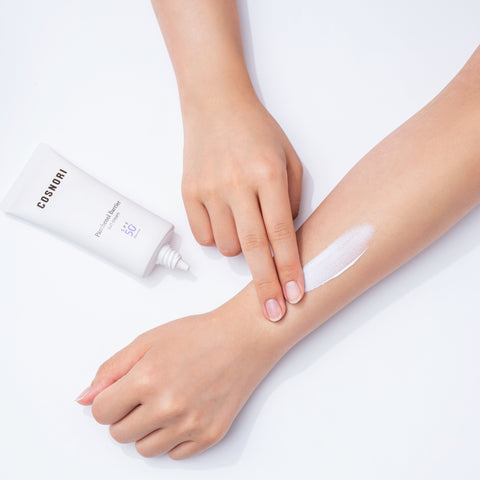
What is a good sunscreen
A good sunscreen is one that will be used. That is to say, it is affordable and pleasant to use. If you feel that the sunscreen leaves, for example, an unpleasant feeling on the skin, you should try a different type of sunscreen filter or choose a product as light as possible in its composition. One of our favorites is [SKIN1004] Centella Hyalu-Cica Water-Fit Sun Serum, which, as the name suggests, absorbs into the skin like a serum and does not leave a heavy or sticky feeling.
Chemical or organic sunscreens are usually very light and pleasant to use, and they do not leave a white residue on the skin. The chemical sunscreen filter absorbs the sun's harmful UV rays and prevents them from damaging the skin. Simply put, chemical sunscreen molecules are like small factories that take in UV radiation and convert it into a form (mainly heat) that does not cause skin cancer or age the skin (as much).
Physical, that is to say inorganic sunscreen, reflects away a certain part of the UV radiation from the skin (about 5–10%), while their composition also absorbs harmful UV rays – just like chemical sunscreens. Unlike chemical sunscreens, however, physical sunscreens do not penetrate the skin, which means they often have a richer and more covering consistency.
The persistent misconception that physical sunscreens only work by reflecting UV radiation has its roots in a false conclusion from the 1970s, which has been disproven several times since then. The most common minerals in physical sunscreens include zinc and titanium dioxide, which work in much the same way as organic (i.e., chemical) sunscreens; the electrons they contain absorb UV radiation and convert it into a form that is harmless to the skin. Read more about sunscreen myths. in this article.
Hybrid sun protection contains both physical and chemical sun filters, which is a very typical solution for Korean sunscreens. In this way, the best aspects of both types can be utilized; the beautiful end result provided by the physical protection, which easily covers the skin's pores, and the light and fresh composition that the chemical provides.
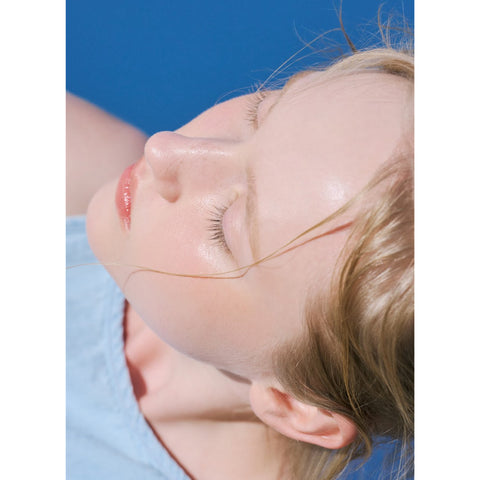
Nanofilter
Some physical sunscreens are labeled as containing nano or non-nano filters. To reduce the white film that mineral sunscreen often leaves on the skin, mineral particles in nano size are sometimes used. The smaller the particles are, the less visible they are – but also, theoretically, the easier they can be absorbed by the skin.
'Non-nanofilter' means that the product does not contain particles in the nanoscale, which essentially prevents the minerals from penetrating the skin. This is particularly relevant as nanoparticles of zinc oxide and titanium dioxide are suspected to have negative effects in the body, especially upon contact with UV radiation.
Studies so far show that these particles do not penetrate the skin at any deeper level – they remain in the outermost, dead layer of skin. In theory, they could penetrate deeper in damaged skin, but there is still insufficient research on this. Currently, nanoparticles are considered safe to use in sunscreen. Those who prefer a more cautious approach can choose sunscreens with non-nano filters, where the particle size is larger and the risk of absorption into the skin is lower.
Does the sunscreen need to be washed off with an oil-based cleansing product?
A large part of the Korean skincare routine includes double cleansing of the face in the evenings. First, makeup, sunscreen, dirt, and sebum are cleansed from the face. with an oil-based cleaning product and then the face is washed with a water-based cleaning product.
Although double cleansing is definitely recommended, as gentle yet thorough cleansing is the first step to healthy skin, it is not absolutely necessary to use an oil-based product to remove sunscreen. However, this depends on the composition of the sunscreen; for example, particularly water-resistant creams often require more effective cleansing.
The best sunscreens
Yeppo-kunder's long-lasting sun protection favorites are definitely:
For dry skin: [Beauty of Joseon] Relief Sun : Rice + Probiotics
For all skin types: (also works instead of moisturizer for oilier skin): [Round Lab] Birch Juice Moisturizing Sunscreen
For all skin types, especially sensitive and acne-prone skin: [SKIN1004] Centella Hyalu-Cica Water-Fit Sun Serum
For all skin types: [Isntree] Hyaluronic Acid Watery Sun Gel
Of course, you can find the best sunscreen for your skin by testing it!
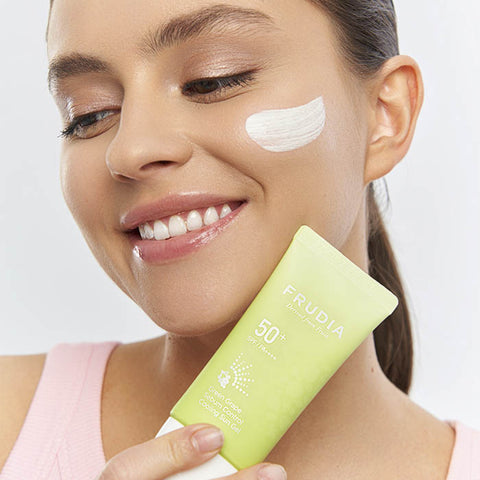
Source: Lab Muffin Beauty Science

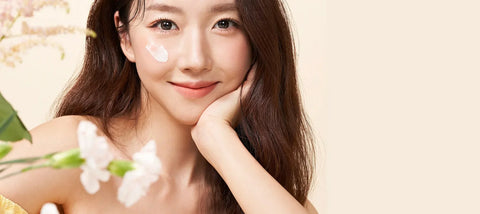
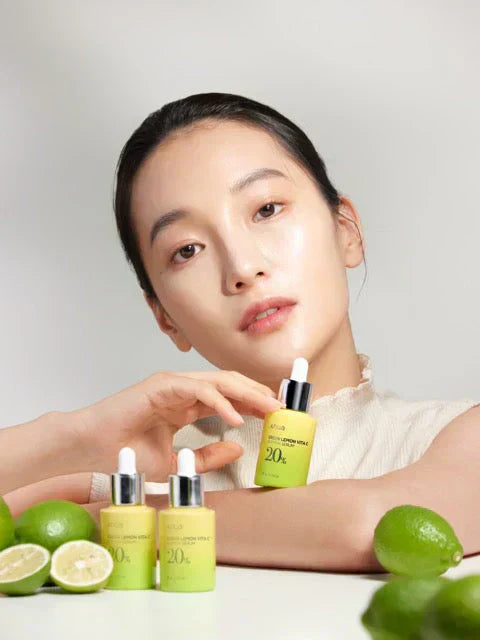
 info@yepposoonsoo.se
info@yepposoonsoo.se
 14 dagar returrätt
14 dagar returrätt
 PCI-DSS Compliant
PCI-DSS Compliant
 PayPal Buyer Protection
PayPal Buyer Protection
 Klarna – Pay Securely
Klarna – Pay Securely